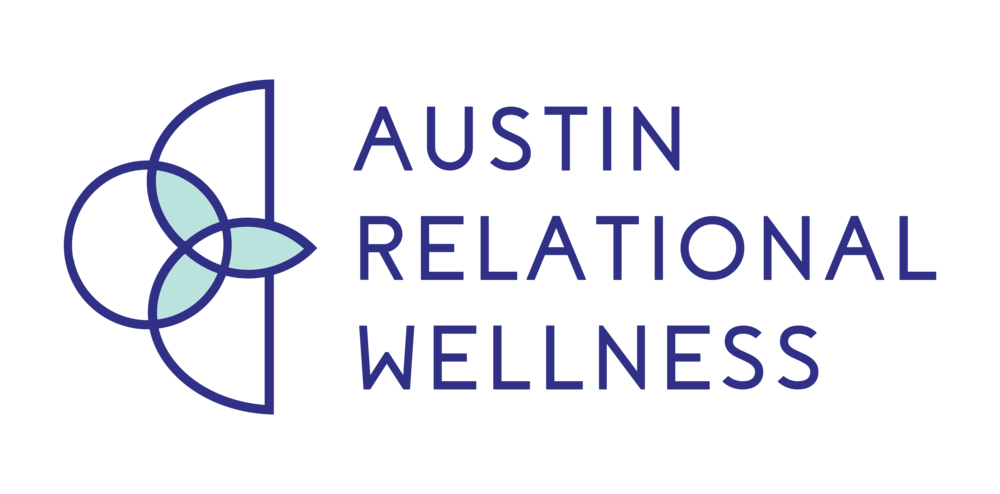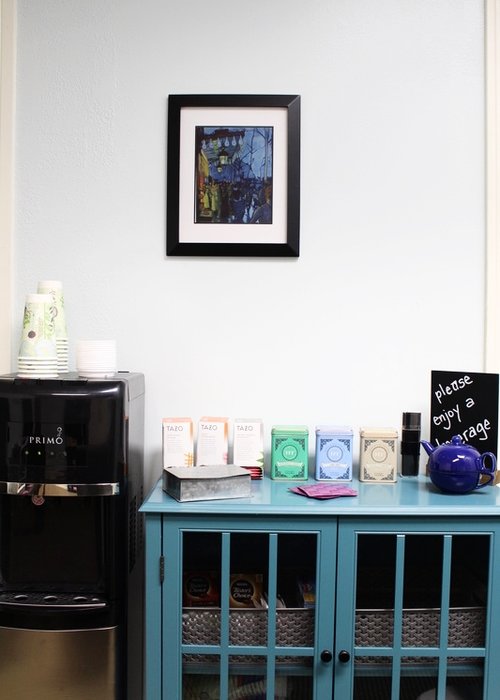I am a very curious and enthusiastic person. You may say it’s a little bit like chasing shiny objects. Really, my parents encouraged me to be curious, learn, and have many experiences. In this spirit, I’m not super skeptical and really enjoy hearing different perspectives and learning new things. Here are two new things I’ve been digging this week.
Fab Four Smoothie
This week, I stumbled upon celebrity nutritionist Kelly Leveque. I’ve always been pretty interested in nutrition and food philosophy, but the recent fads seem so extreme. Each food plan demonizes a different thing... no carbs, no gluten, no dairy, no nightshades, no sugar. I get that we need to avoid an excess amount of certain foods, but it just feels too extreme to me. All of this is to say that when I heard Kelly on a podcast, my ears kind of perked up. What she was saying made sense to me. Kelly is all about regulating the hunger hormones in your body. She teaches people to eat to satisfy their bodies and eliminate cravings, mood swings, and other symptoms caused by the food we eat. Her philosophy seems practical and sustainable. The Fab Four smoothie is her go-to way to start the day to balance your blood sugar and stay full.
"People don't realize how insulin works in the bod—it shuts down fat burning for six to eight hours. I can have a client trying really hard, going to get a smoothie and thinking it's the right thing to do, and then that smoothie makes their blood sugar spike up and crashes down. People start to feel hungry as little as 90 minutes after a meal, when they’re starting to have that crash. When people elongate that blood sugar curve, they really can go four to six hours without thinking about food."
The recipe for her Fab Four smoothie includes the essential four – protein+fiber+fat+greens. You can find out more information and recipes on her website. I tried it first with vanilla protein powder, flax seeds, avocado, spinach, arugula, and almond milk. It tasted great, and I didn’t hit that annoying 10:30am hunger space. After a couple of days, I’m definitely a believer in the Fab Four smoothie morning and can’t wait to check out Kelly’s book, Body Love.
Feel Good, Dress Better Workbook
How I dress makes a HUGE difference in how I feel. I definitely enjoy a good day spent in yoga pants and a hoodie, but when I’m needing to be productive or meet with a therapy client, I want to feel my best. For me, it’s the simple move of choosing some booties over flip flops or throwing on earrings and a necklace. When I started my counseling career, it became more apparent how important it was to feel good about how I present myself. So I was super intrigued when I saw that a blogger I really love had put out a workbook on just that. Nicole Seligman of Writes Like a Girl recently released her really cool Feel Good, Dress Better Workbook, a guide to help you identify your personal style and dress yourself in line with how you feel rather than to how you think you should dress. If you want to know more about how the workbook does that, she breaks down each chapter of her 90-page guide in a recent post.
I got to know more about the Feel Good, Dress Better Workbook when my sister and I attended an event that was hosted by Nicole called Feel Good, Dress Like a Boss. It was at a swanky downtown boutique, and she brought in four Austin business women to talk about how they used the Feel Good, Dress Better Workbook to improve their business. These boss babes shared their experiences of how they find more success in their businesses when they feel confident that they are dressing true to who they are. I just ordered my copy, and I’m super excited to dive into it!









































































